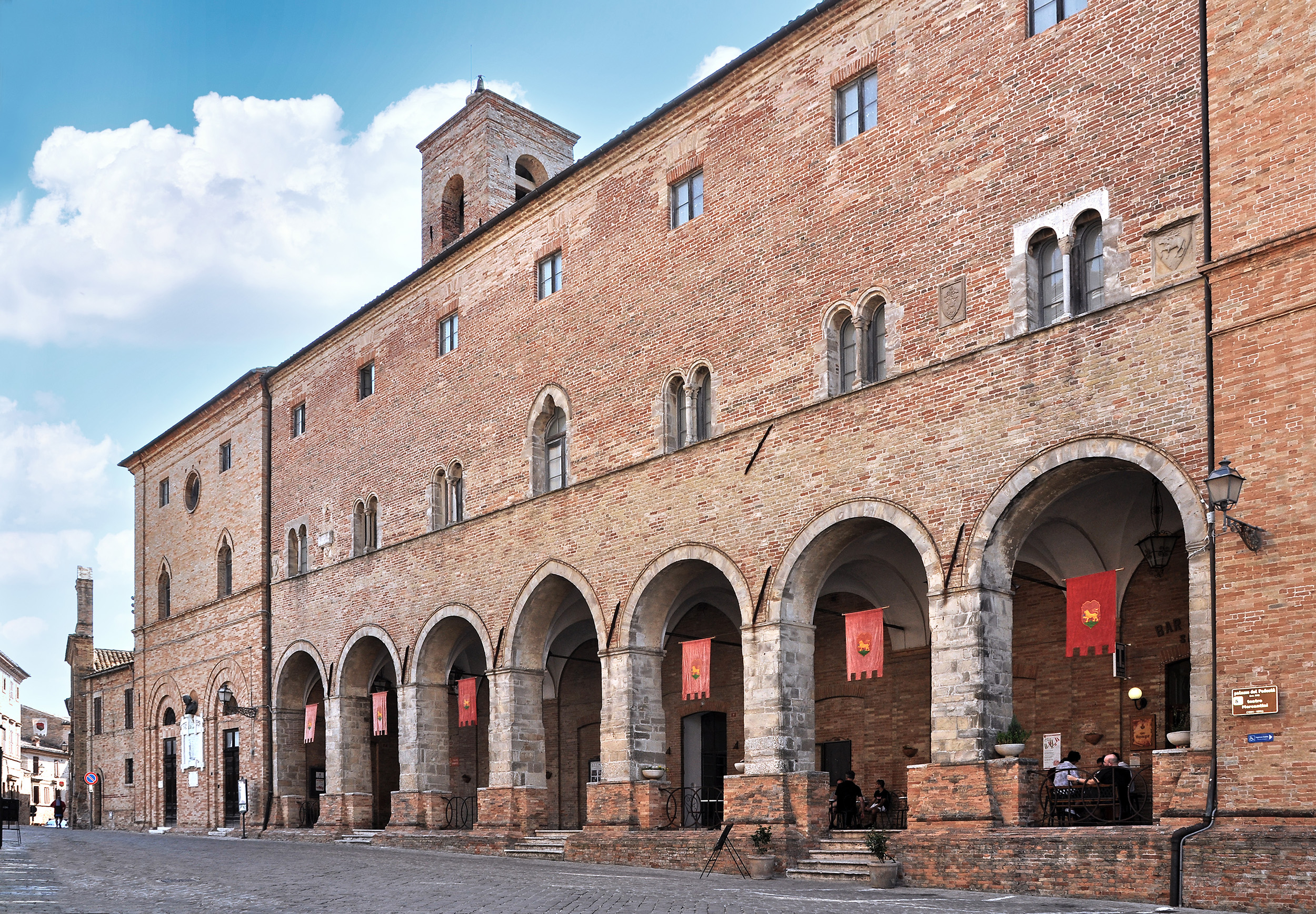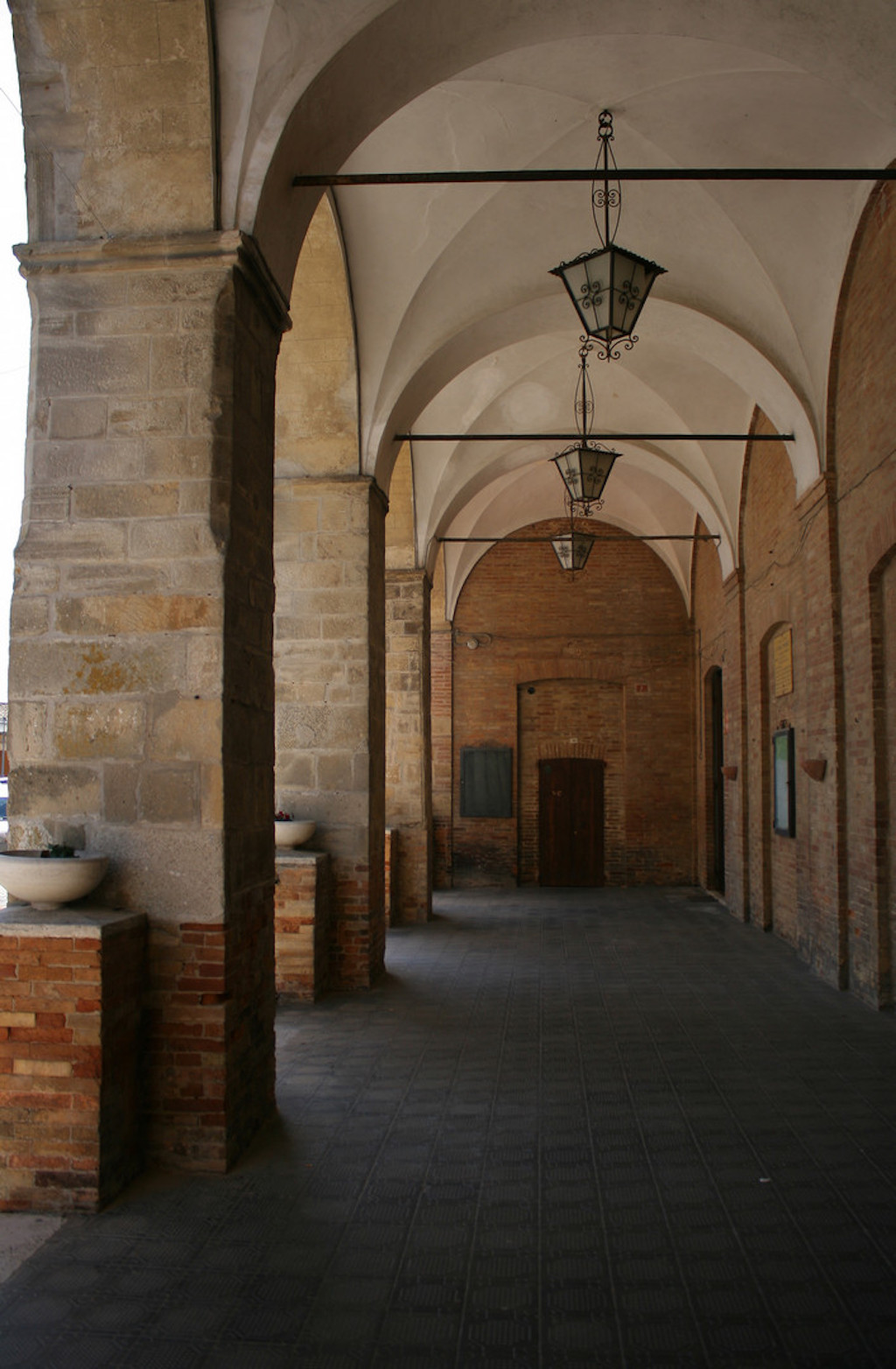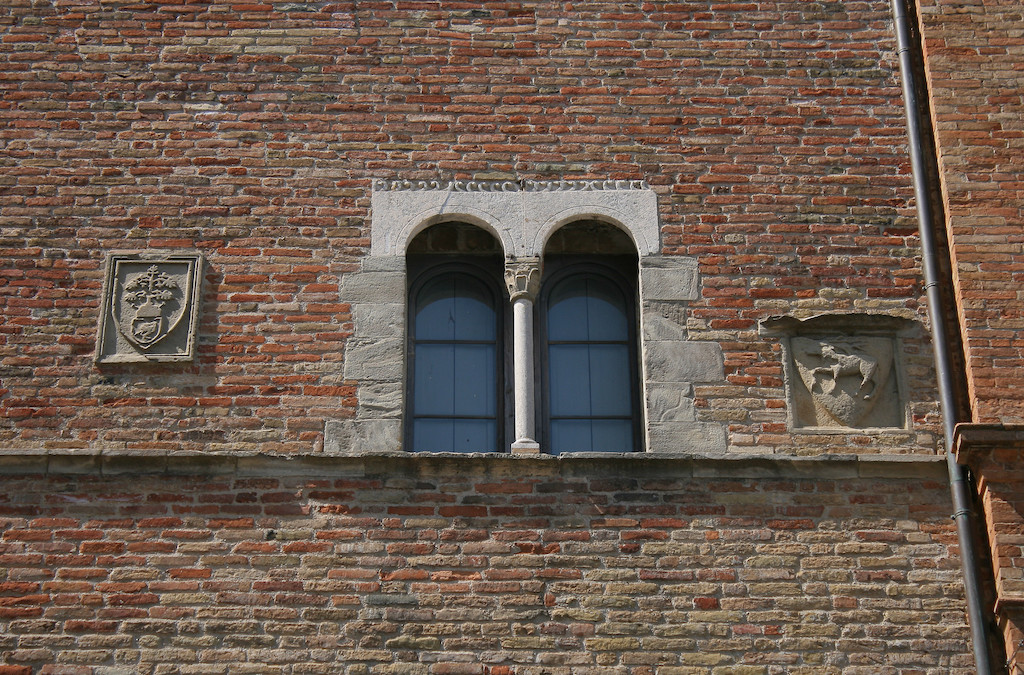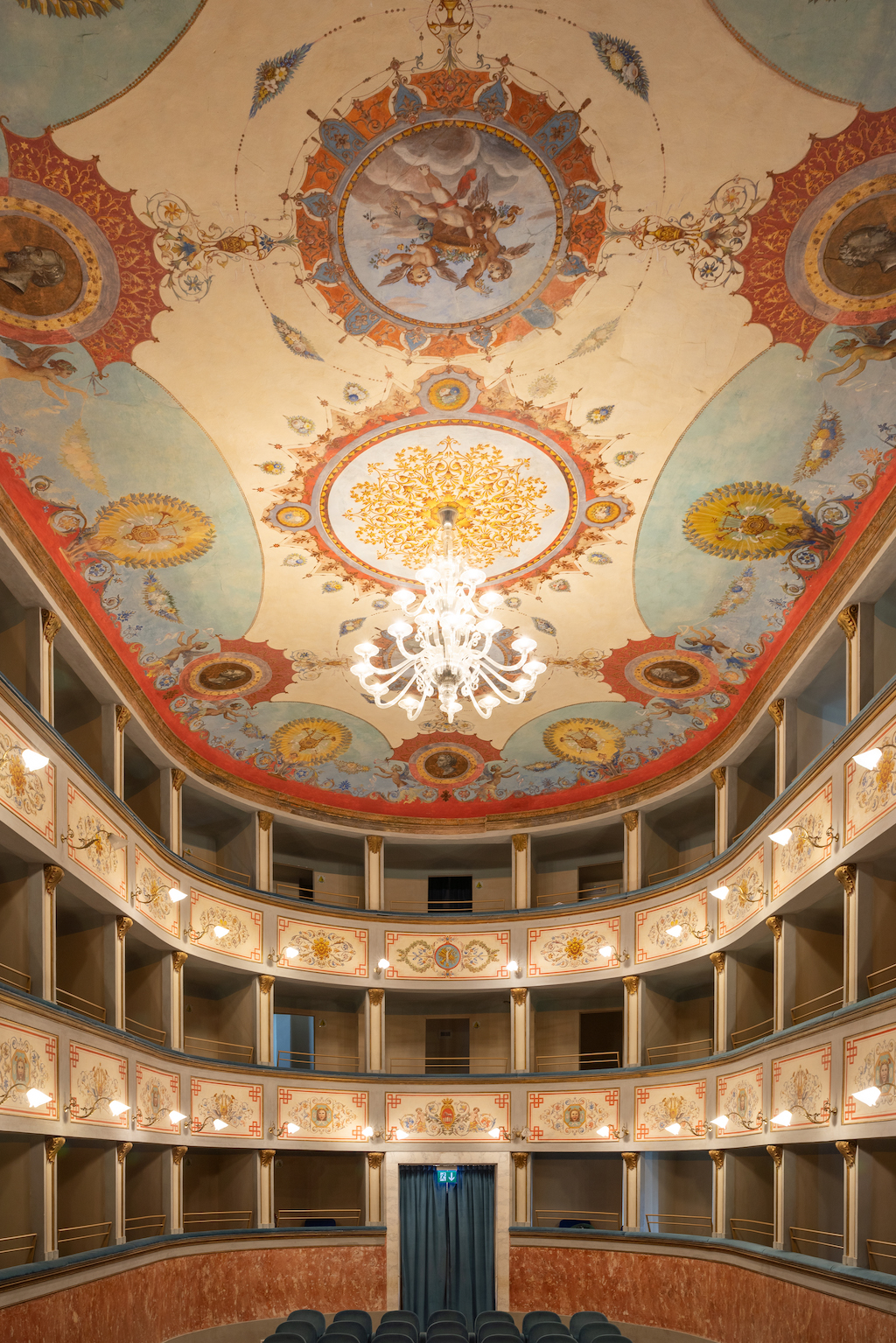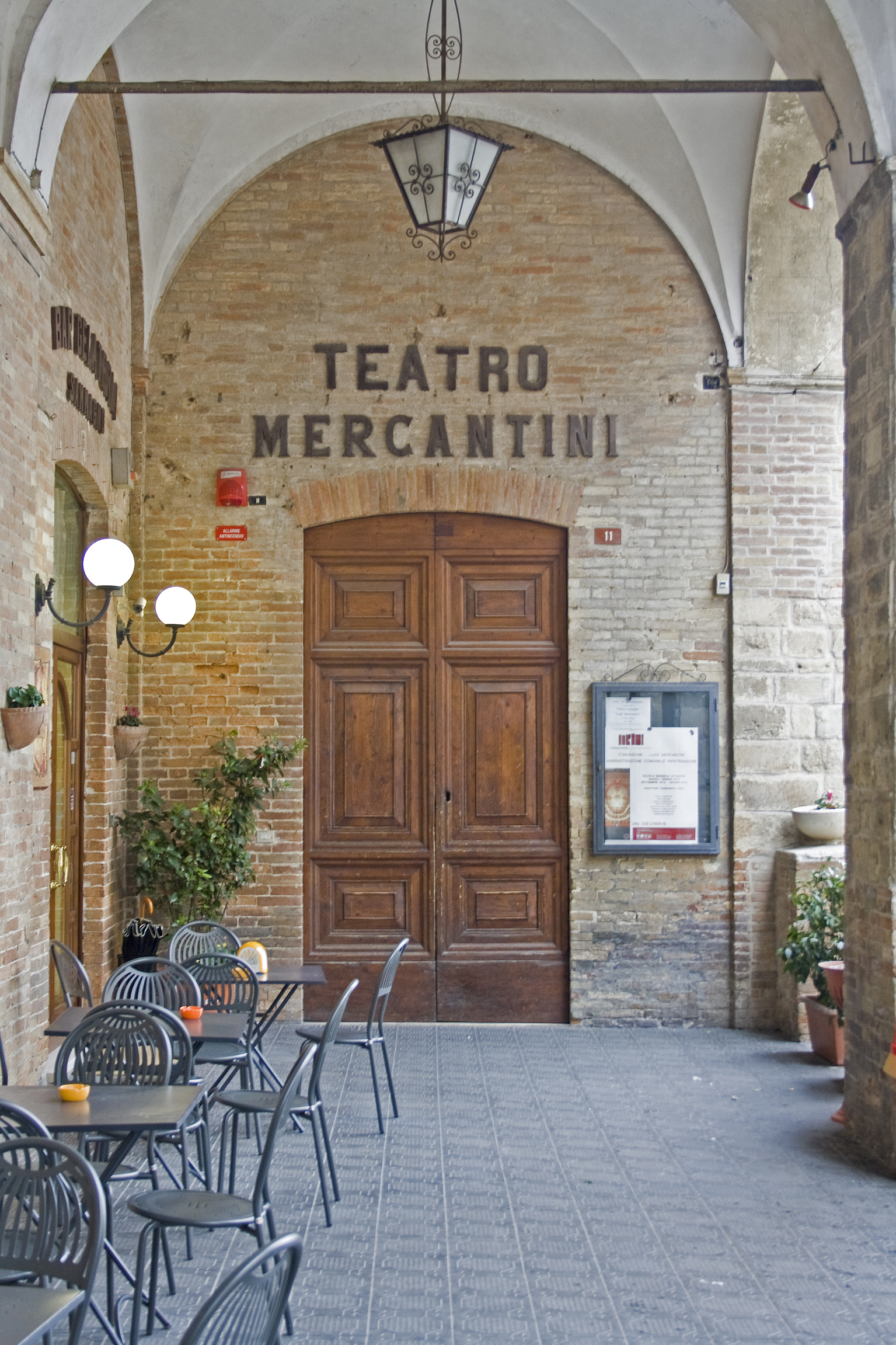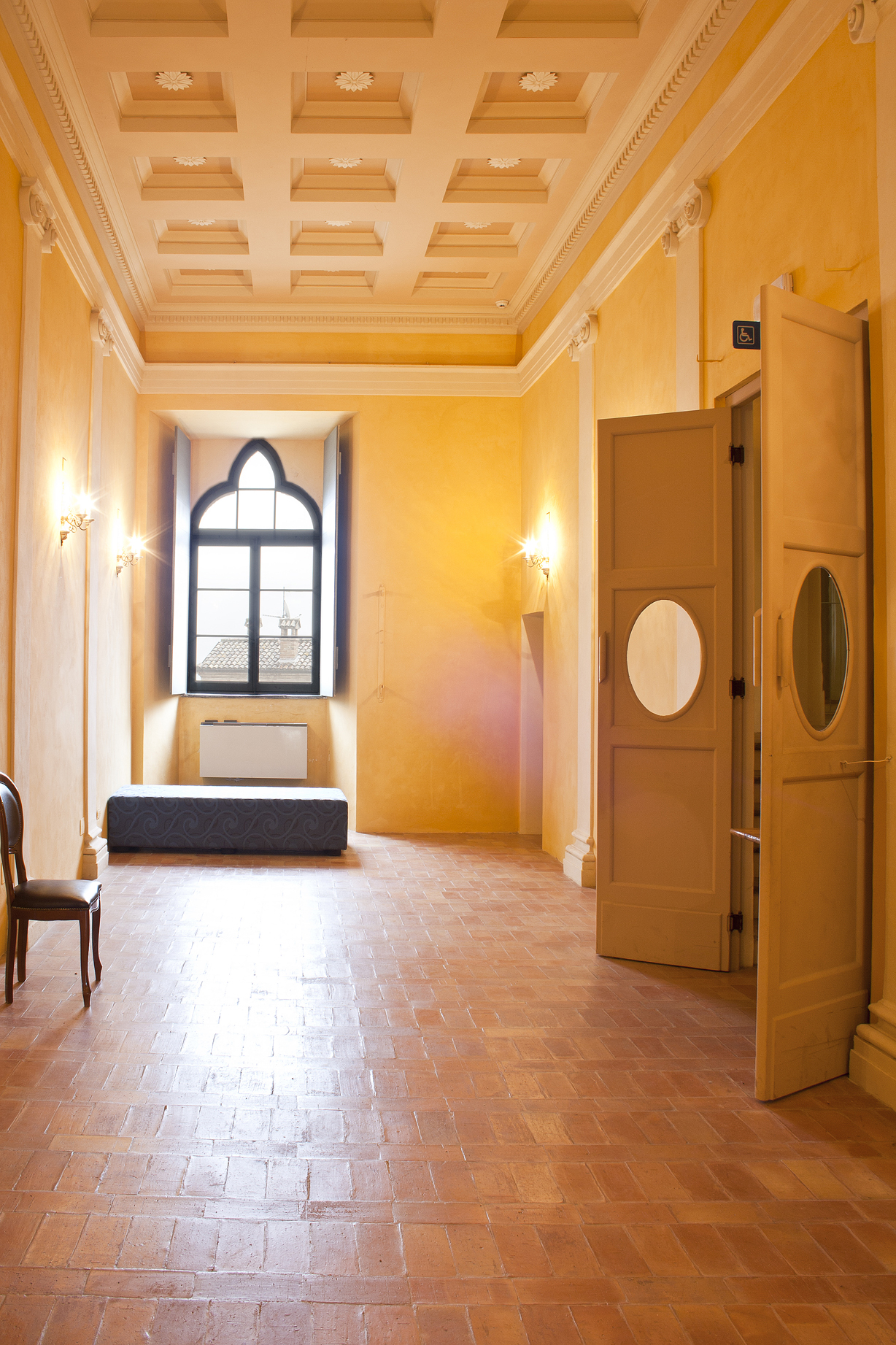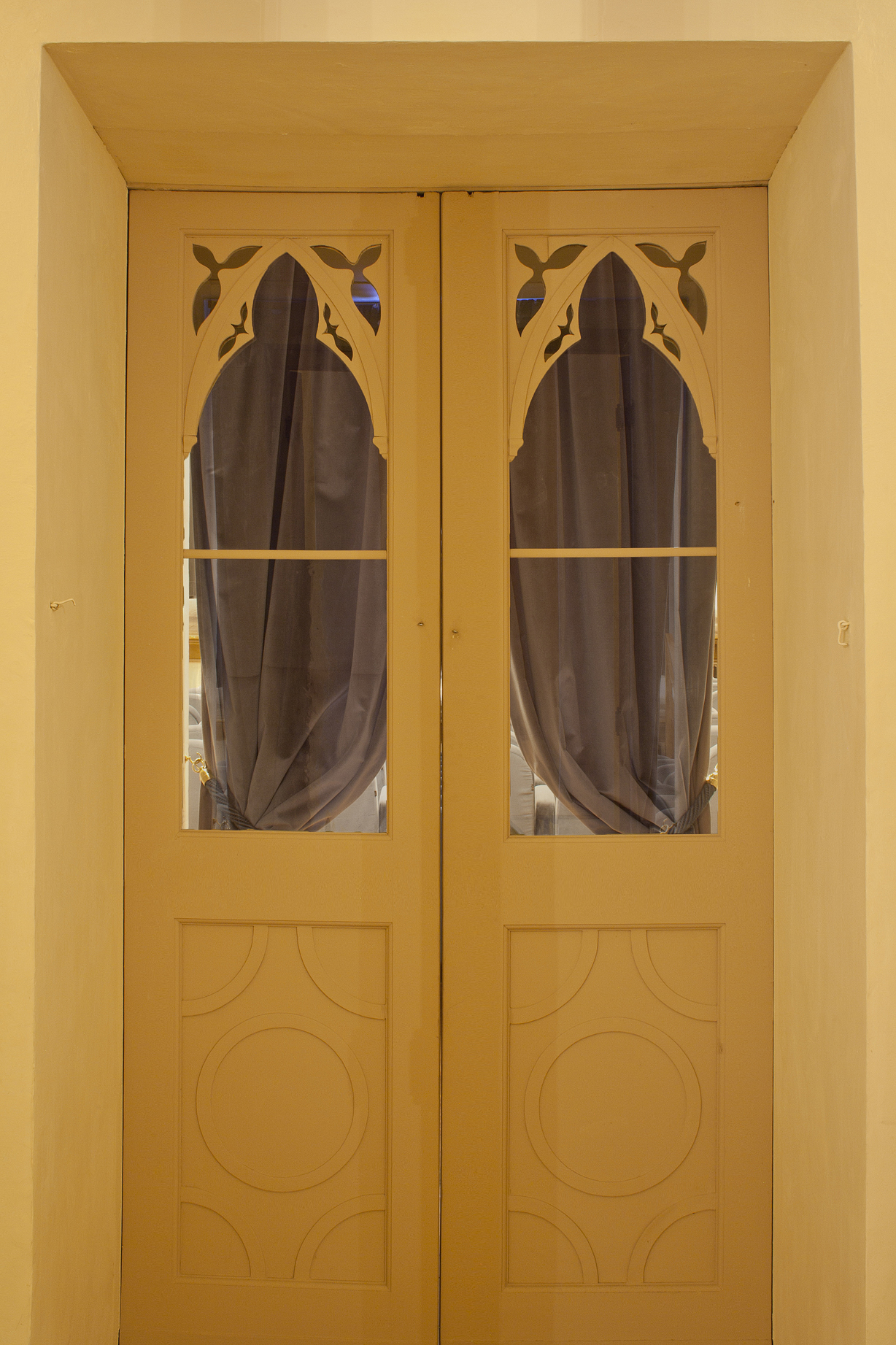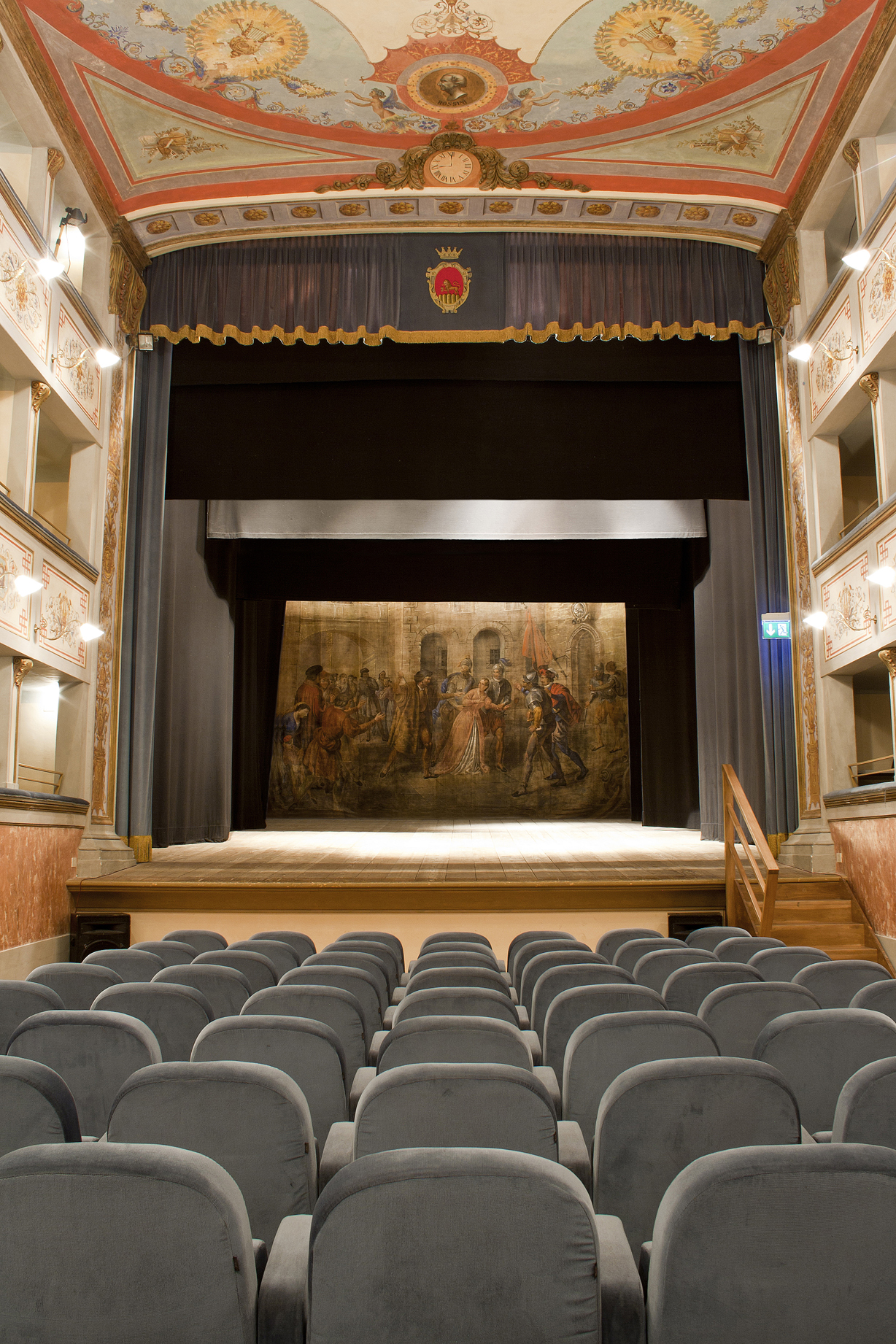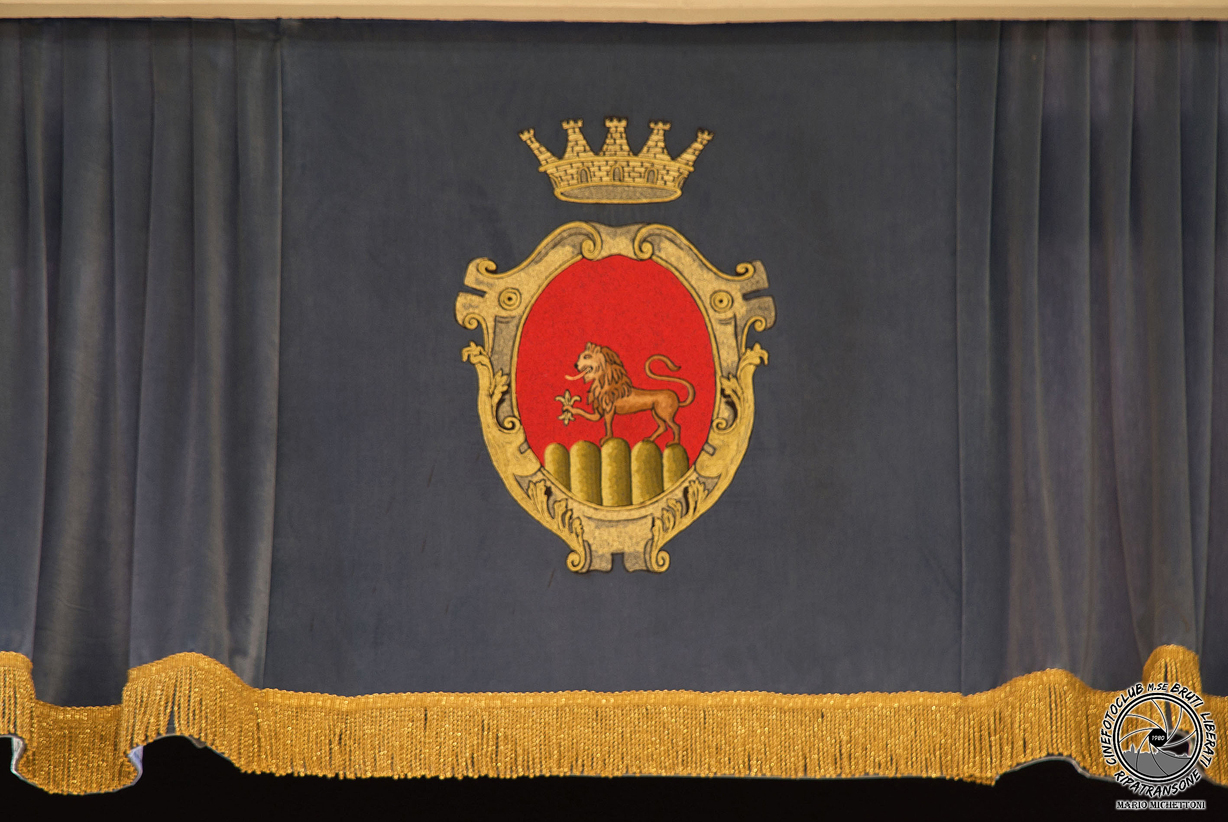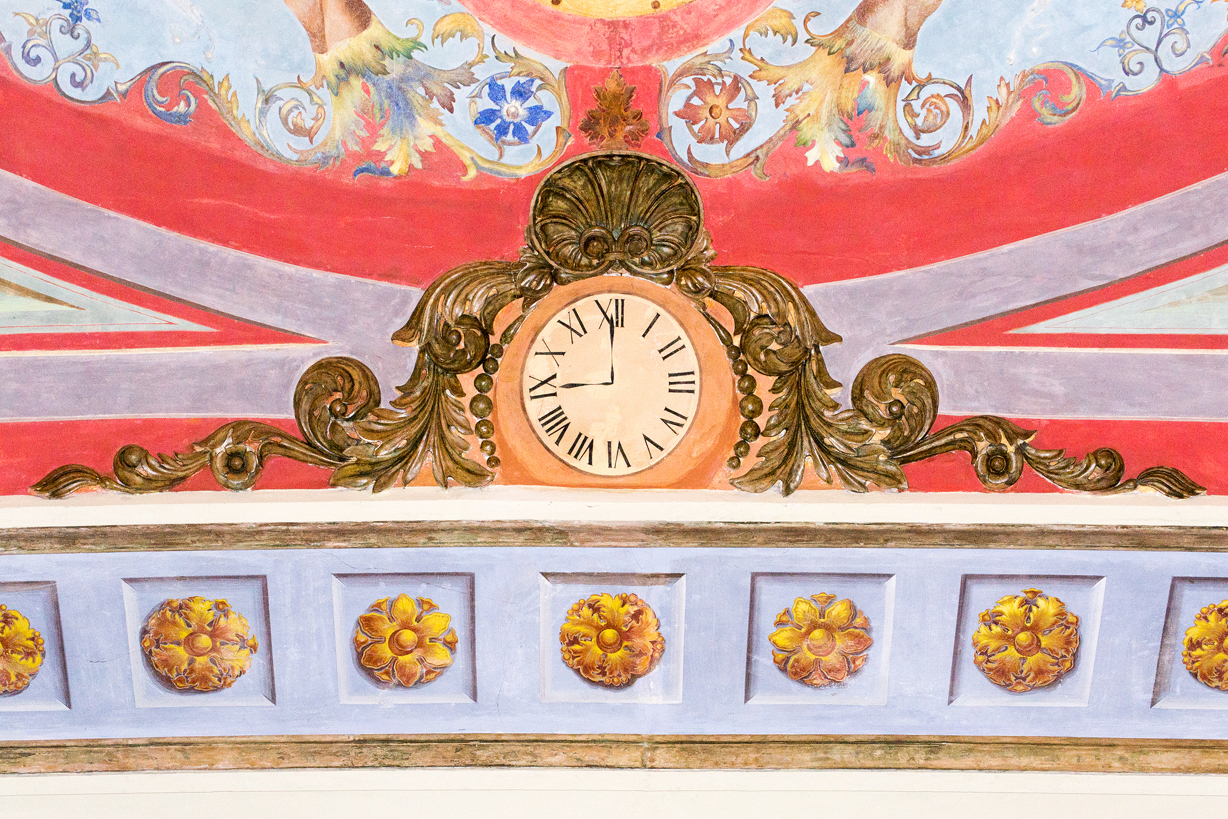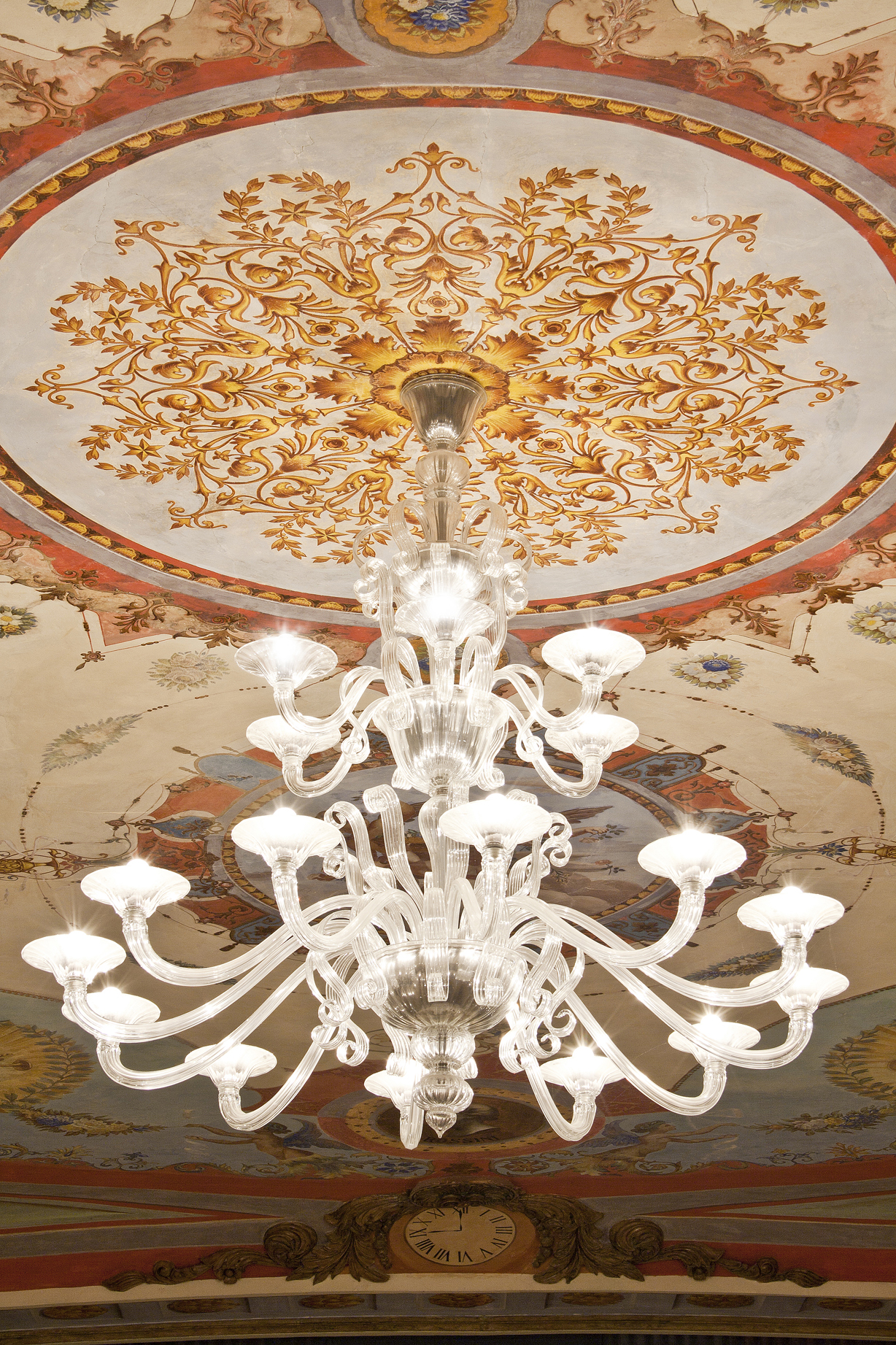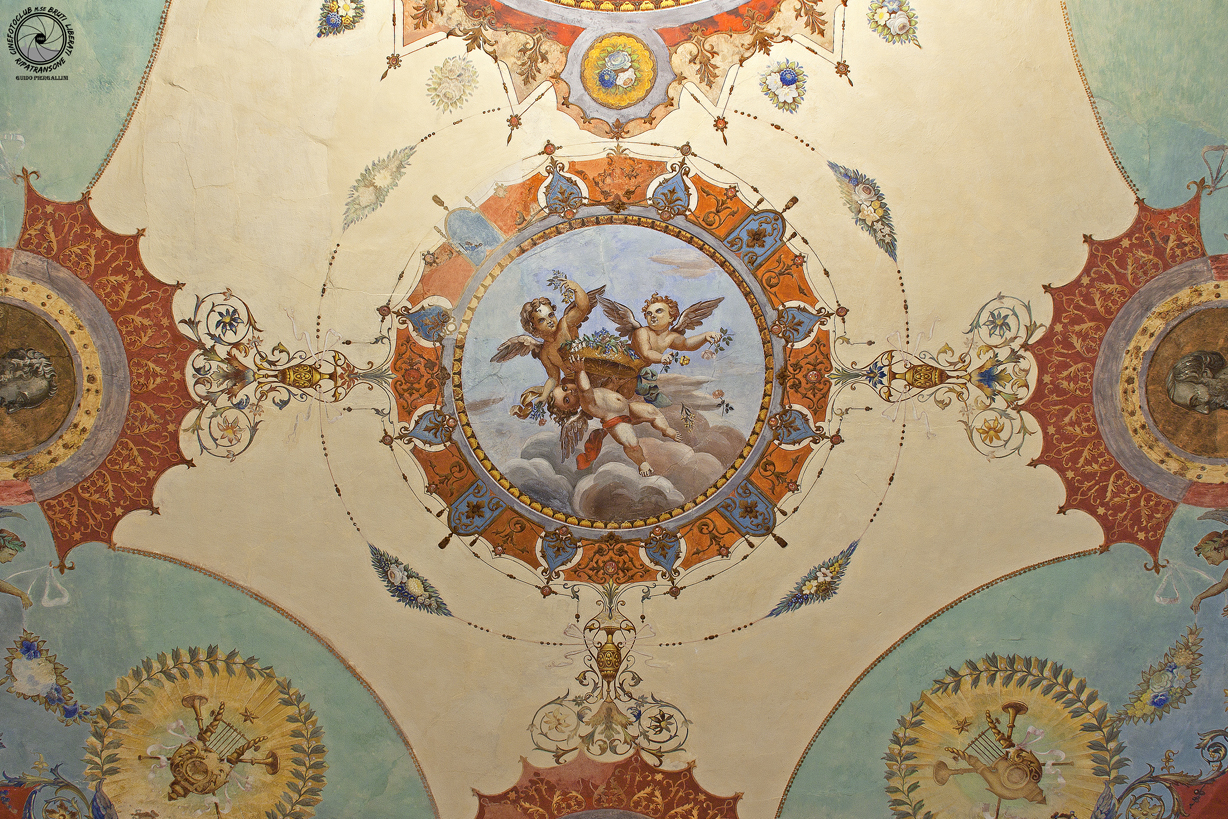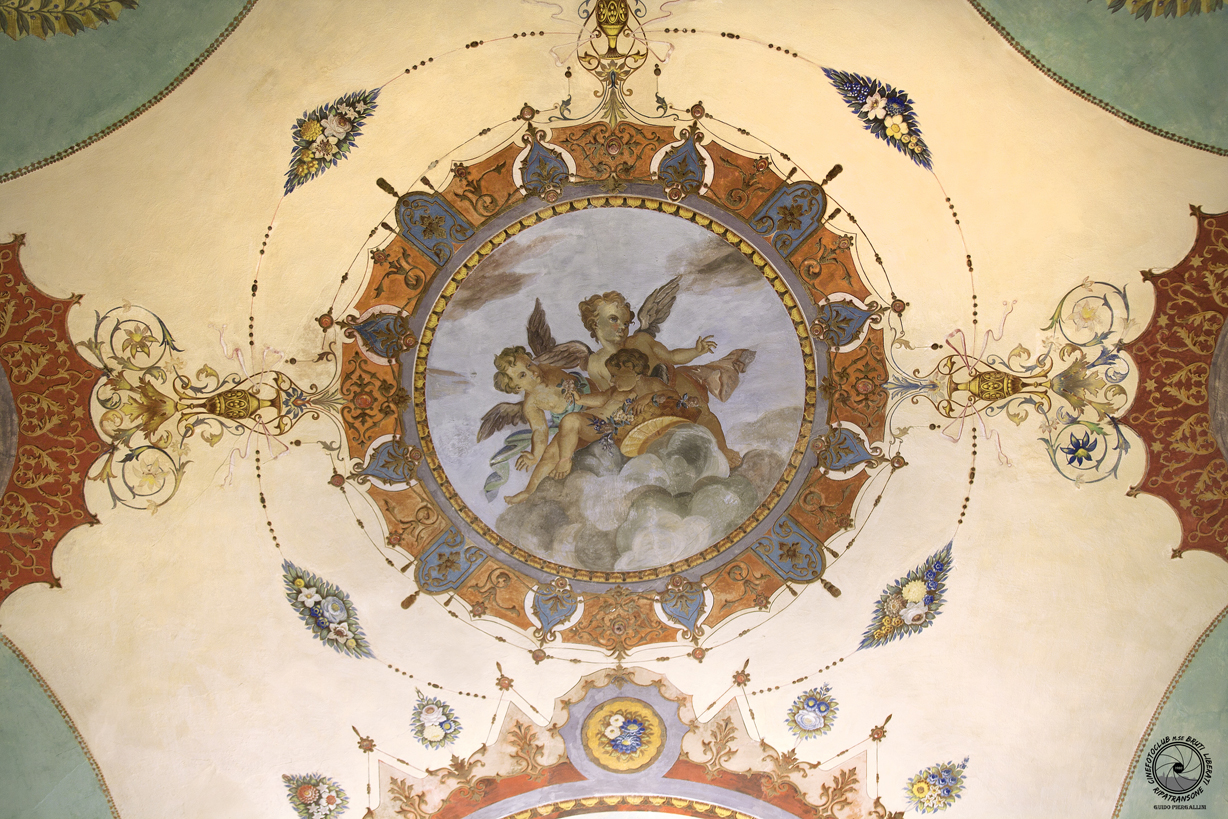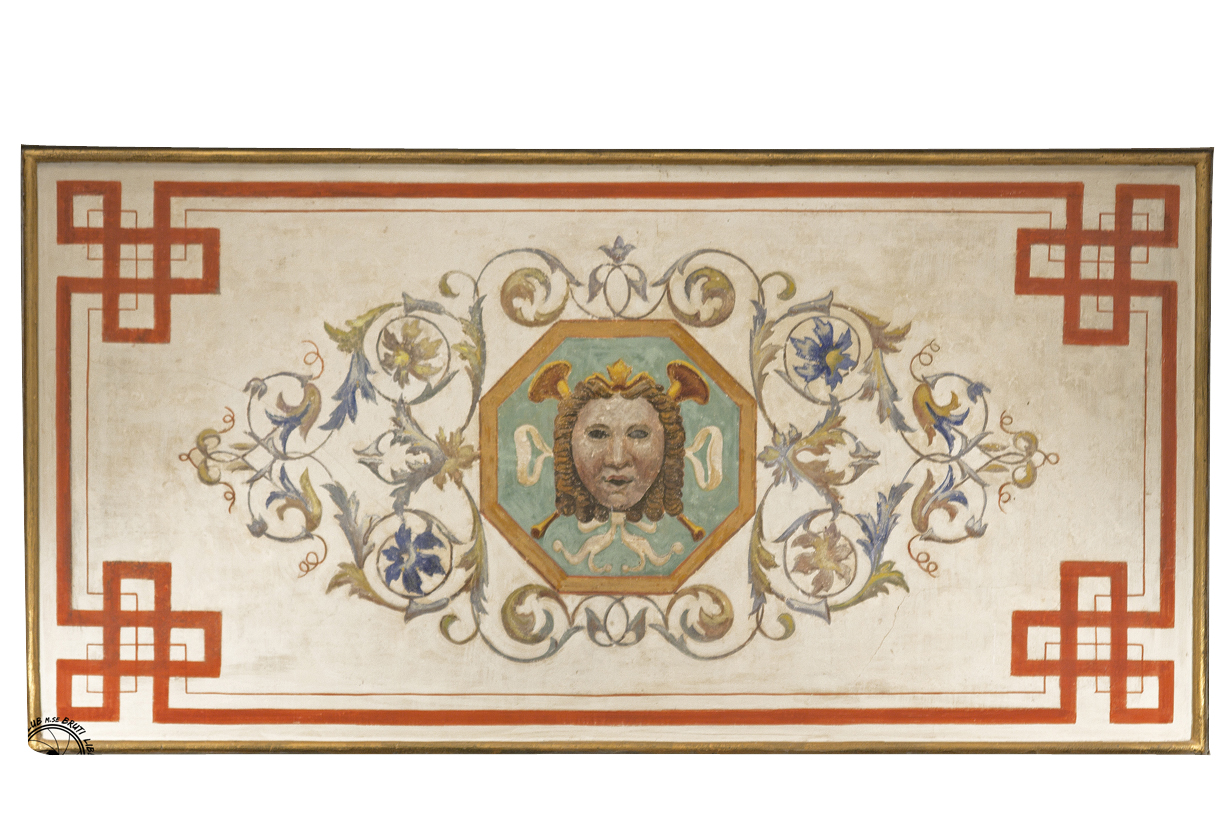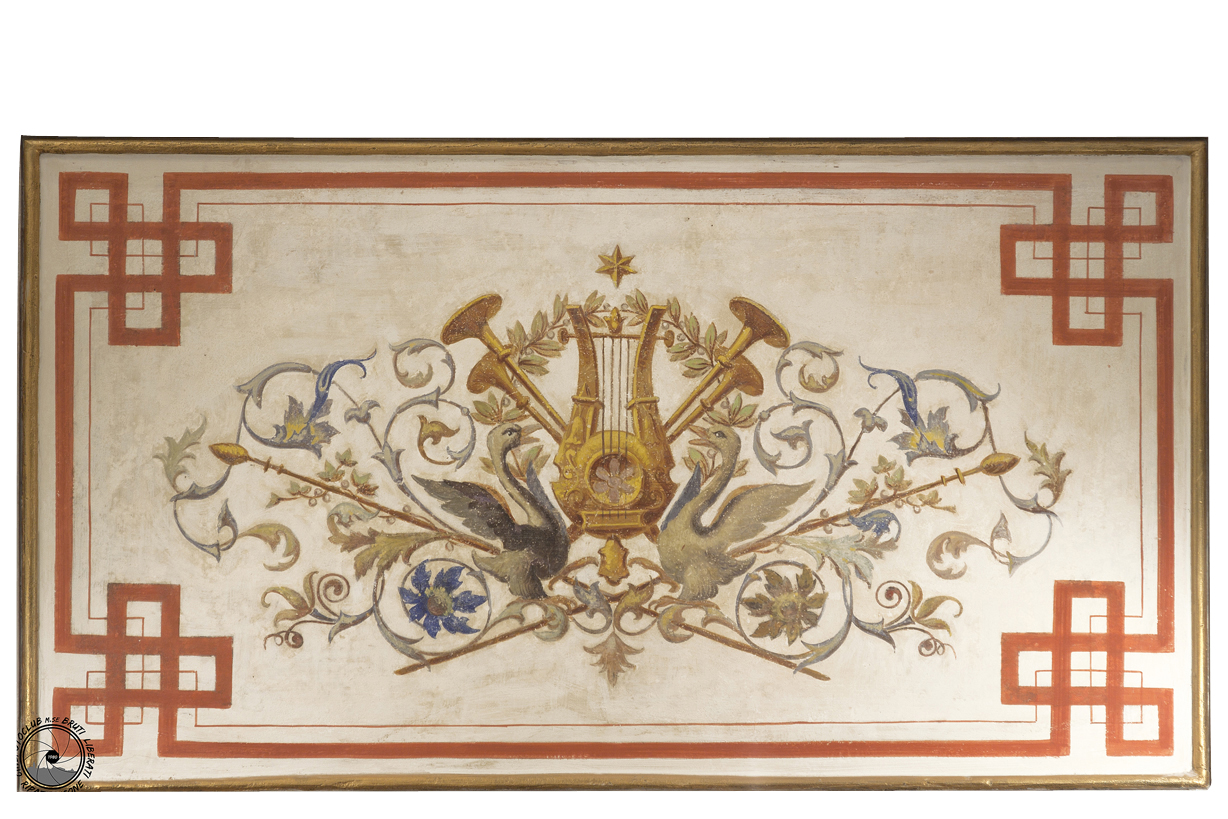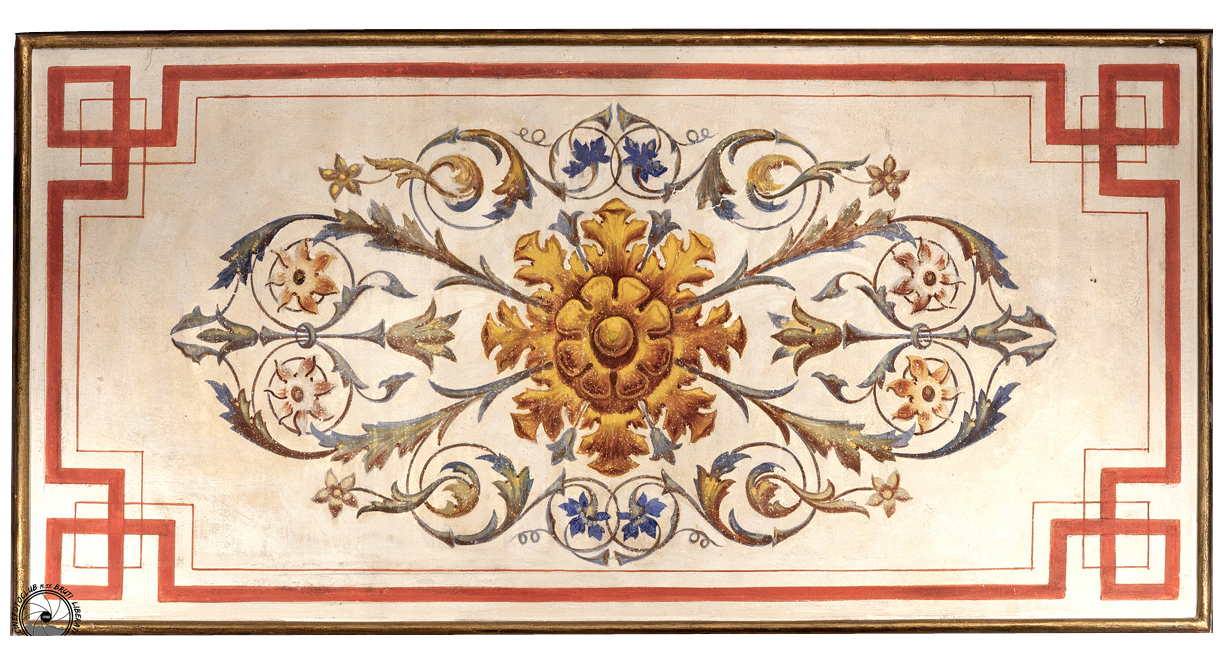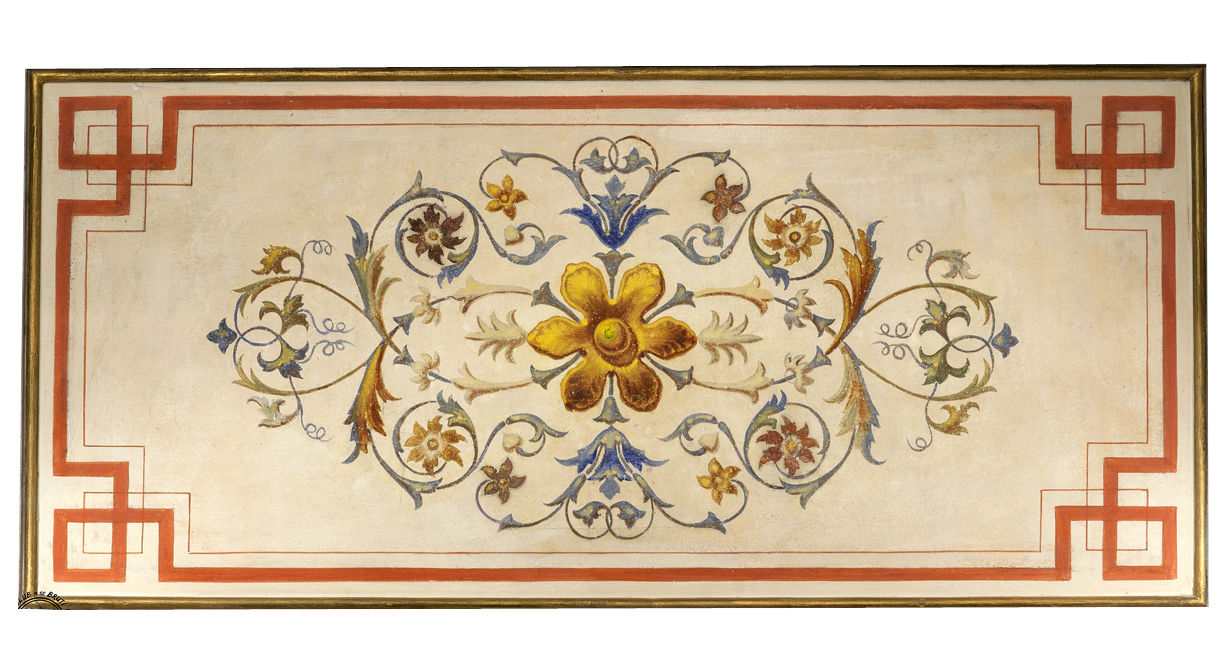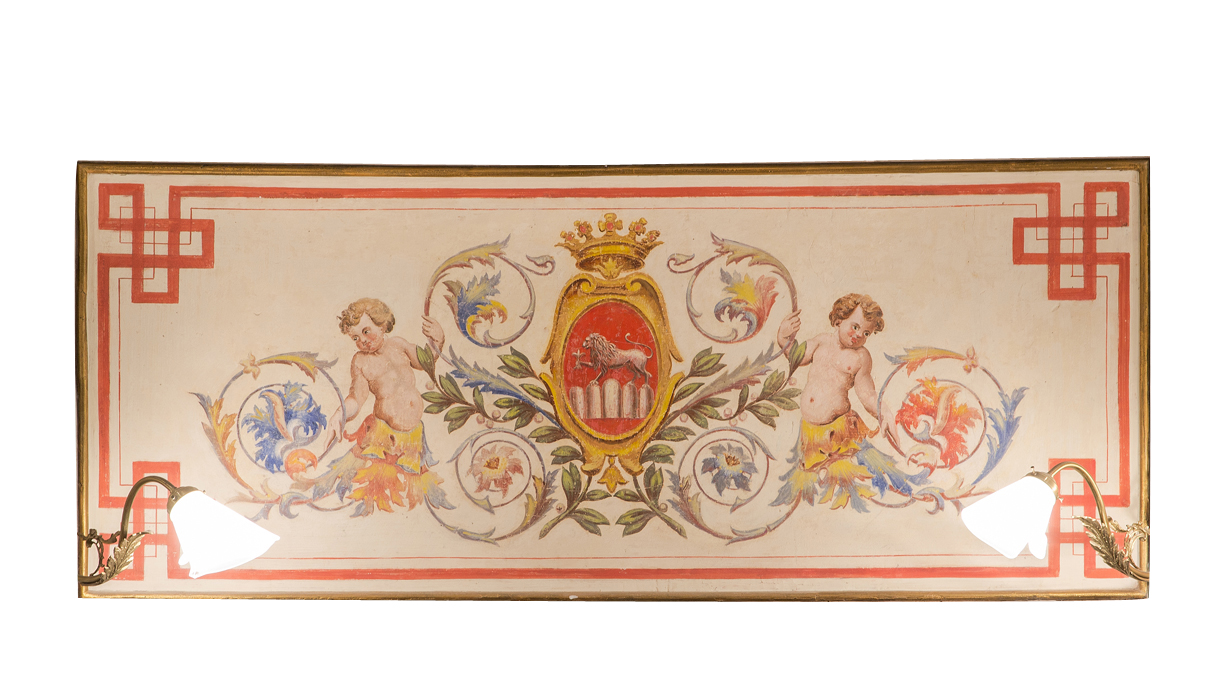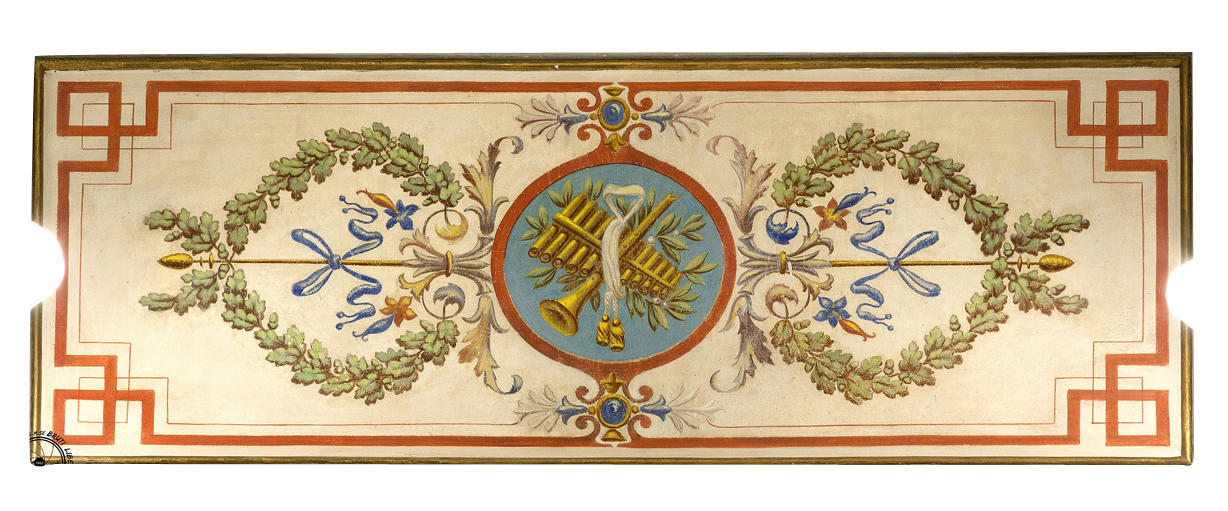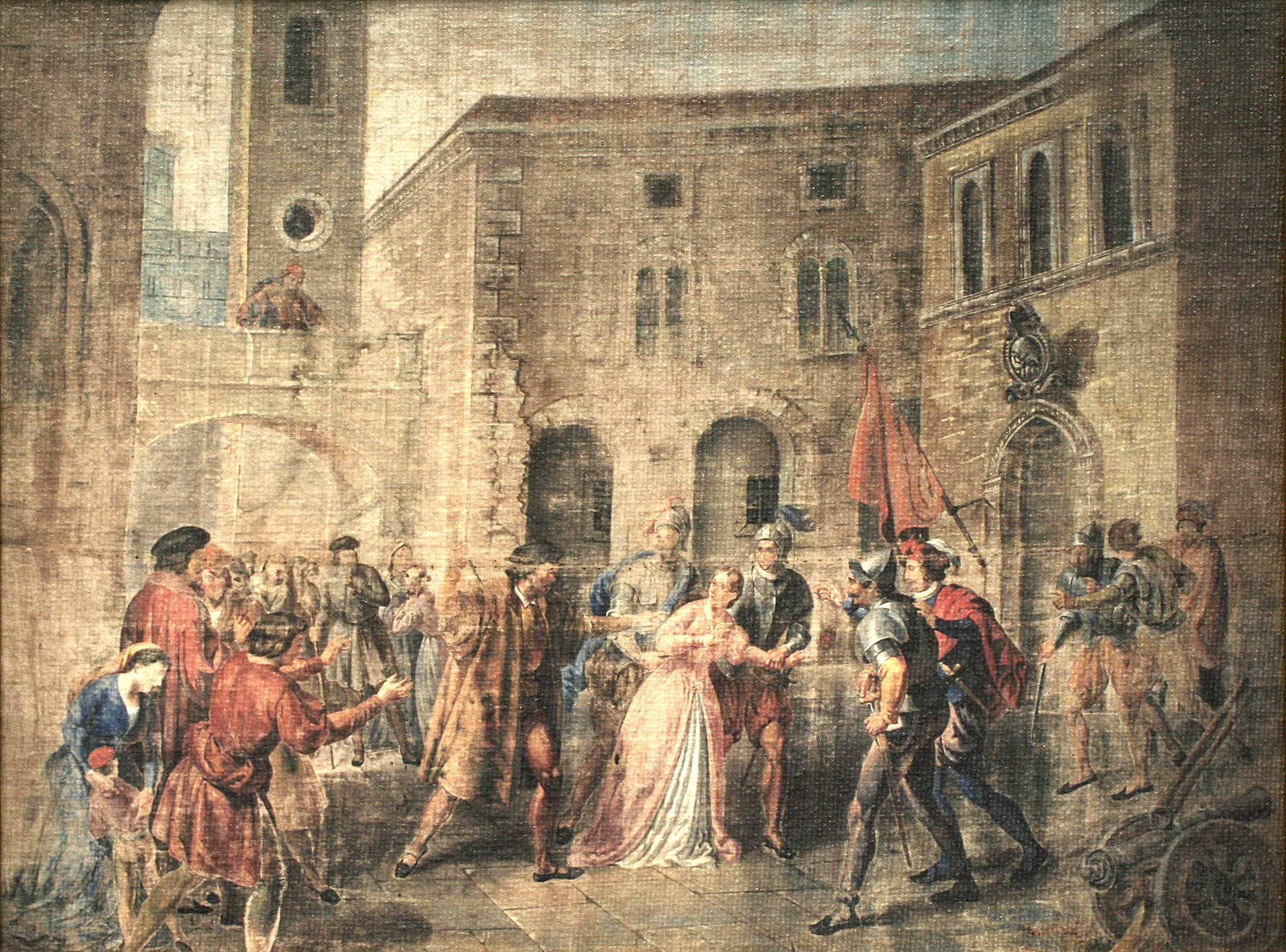The Palazzo del Podestà is a medieval building dating back to 1304, recognized as one of the most striking buildings in the Marche region. It presents a typical architectural style of the late Middle Ages with a Romanesque-Gothic breath. The history of the Palace is studded with various restorations done in modern and contemporary times, including lowering the street level and elevating the second floor.
In the 19th century the left wing was added. For reasons of symmetry, a restoration of the right wing of the facade was also undertaken, covering it with the same material used in the construction of the opposite wing.
The civic tower, which could be accessed independently before 1826, also underwent several changes, losing much of its original form. Exactly at this is traced the topographic line of the 43rd parallel to whom the spherical monument at the Dream Point (2022) in the adjoining Piazza XX Settembre. In the belfry is the civic bell weighing about two tons and ringing the touches of the hours, cast in Ripatransone in 1706 by Laureti di Spoltore, dedicated to the patron saint of the town St. Mary Magdalene. At the top of the tower is the 1400 bell that rings the quarter-hour touches.
The facade has a wide 7-arched portico, of which the central one is pointed, while the other six are round arches.
On the left wing can be seen an 1895 monument dedicated to the poet from Ripatransone Luigi Mercantini, while the right wing features another monument from 1925, erected to the Ripan pedagogist Emidio Consorti.
In 1790, work was begun to convert the second floor of the Palace of the Podesta into Theater on an elongated U-shaped plan, with three tiers of boxes without a gallery. The project was entrusted to Pietro Maggi, who was active in the area and an expert in building theaters from the conversion of pre-existing historic buildings.
In 1824, although still nearing completion, the citizens of Ripatransone saw the realization of the project with the inauguration of the Municipal Theater called the "Lion Theater." The painter in charge of decorating the interior was Luigi Ruffini of Falerone. As a sign of gratitude to art and those who best represented it in Italy, Ruffini painted six medallions on the ceiling representing three theatrical authors-Metastasio, Alfieri and Goldoni, and three world-famous Italian composers-Bellini, Rossini and Verdi. Also contributing to the decoration of the theater was Luigi Ruffini's brother, Giuseppe, who painted the historical curtain depicting the scene of the sacrifice of "Virginia Ripana" (a bloody event that occurred in 1515).
After several renovations to the theater's interior, the historic curtain now serves as the backdrop. In 1894, the municipal theater was renamed Theater "Luigi Mercantini" as a tribute to the Ripan poet.
The theater has a maximum capacity of about 250 spectators, but following upgrades to comply with current safety regulations, this capacity has been reduced to 150 seats.
